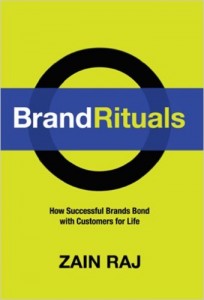
For most chief marketing officers, it’s difficult to see through the day-to-day anguish of this transformational market to truly innovate. In her article, “Find the 15-Minute Competitive Advantage,” Rosabeth Moss Kanter of Harvard Business Publishing recommends that a series of small but fast innovations are more effective than one large leap.
“As many technology companies have seen to their peril, you can leap much too far into the future by seeking revolution, not evolution, leaving potential users in the dust. But steady progress — step by single step — can win internal support and the external race for share of market or share of mind. Especially if you take each step quickly.”
This is all about changing in short, fast bursts. In his book, “Strategy for Sustainability,” Adam Werbach points to a term evolutionary biologist use, “Punctuated Equilibrium,” to describe the phenomenon that many organisms experience little change until rapid events of evolution occur.
Kanter’s article is one of my favorites of the year, because it turns explosive innovation on its head. She encourages you to, “Stay a little ahead of the competition while close enough to what customers can understand and incorporate.”
She offers eight characteristics of innovations that are most likely to succeed at gaining support:
- Trial-able: Idea or product can be trotted out as a pilot program
- Divisible: Users can adopt it in segments or phases without having to digest the entire program
- Reversible: If it doesn’t work, you can go back to where you were for the time being
- Tangible: It offers concrete results
- Fits prior investments: The idea builds on investment already made or actions already taken
- Familiar: It is somewhat comfortable and consistent with other experiences
- Congruent with future direction: It is heading in a similar direction, even though by its nature it is meant to change things
- Positive publicity value: You can’t help but make everyone look good in the process
When I shared this article with my buddy Barry Bartlett, he summed it up best by saying, “With innovation, you don’t have to be faster than the bear, just faster than your hiking partner.”
Tell us about one of your innovative programs that worked or was stymied.











